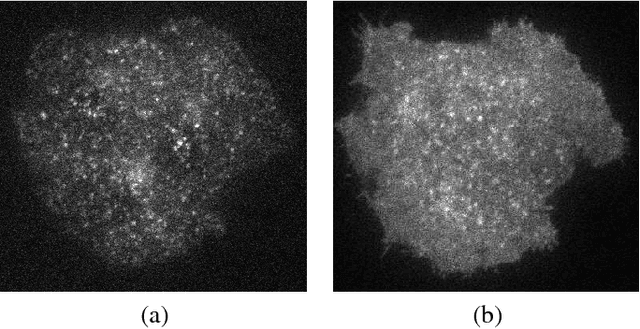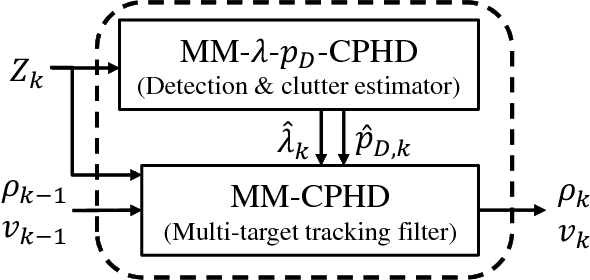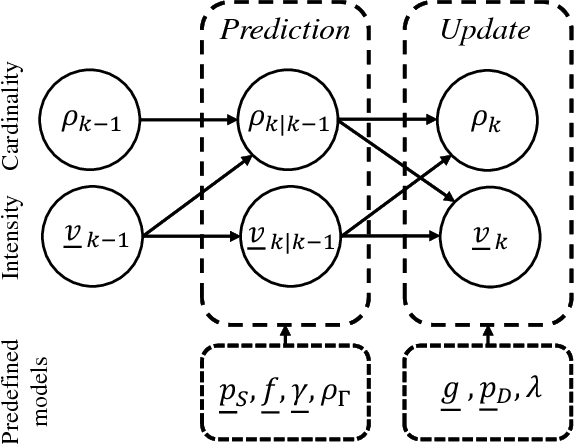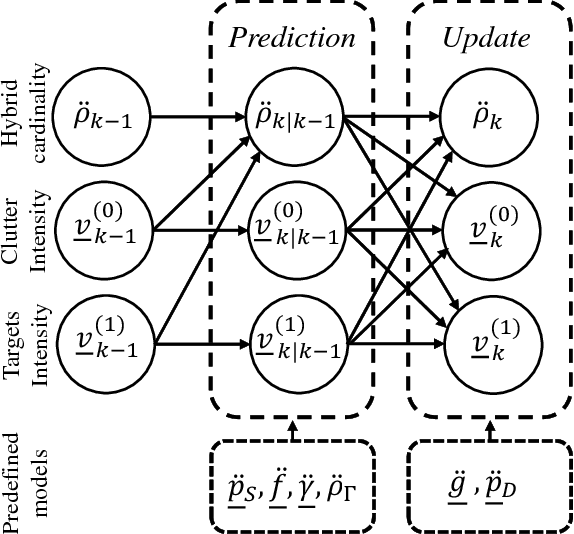Seyed Hamid Rezatofighi
Towards Deep Clustering of Human Activities from Wearables
Aug 19, 2020


Abstract:Our ability to exploit low-cost wearable sensing modalities for critical human behaviour and activity monitoring applications in health and wellness is reliant on supervised learning regimes; here, deep learning paradigms have proven extremely successful in learning activity representations from annotated data. However, the costly work of gathering and annotating sensory activity datasets is labor-intensive, time consuming and not scalable to large volumes of data. While existing unsupervised remedies of deep clustering leverage network architectures and optimization objectives that are tailored for static image datasets, deep architectures to uncover cluster structures from raw sequence data captured by on-body sensors remains largely unexplored. In this paper, we develop an unsupervised end-to-end learning strategy for the fundamental problem of human activity recognition (HAR) from wearables. Through extensive experiments, including comparisons with existing methods, we show the effectiveness of our approach to jointly learn unsupervised representations for sensory data and generate cluster assignments with strong semantic correspondence to distinct human activities.
Online Multi-Target Tracking Using Recurrent Neural Networks
Dec 07, 2016



Abstract:We present a novel approach to online multi-target tracking based on recurrent neural networks (RNNs). Tracking multiple objects in real-world scenes involves many challenges, including a) an a-priori unknown and time-varying number of targets, b) a continuous state estimation of all present targets, and c) a discrete combinatorial problem of data association. Most previous methods involve complex models that require tedious tuning of parameters. Here, we propose for the first time, an end-to-end learning approach for online multi-target tracking. Existing deep learning methods are not designed for the above challenges and cannot be trivially applied to the task. Our solution addresses all of the above points in a principled way. Experiments on both synthetic and real data show promising results obtained at ~300 Hz on a standard CPU, and pave the way towards future research in this direction.
Multi-Target Tracking with Time-Varying Clutter Rate and Detection Profile: Application to Time-lapse Cell Microscopy Sequences
Jul 23, 2015



Abstract:Quantitative analysis of the dynamics of tiny cellular and sub-cellular structures, known as particles, in time-lapse cell microscopy sequences requires the development of a reliable multi-target tracking method capable of tracking numerous similar targets in the presence of high levels of noise, high target density, complex motion patterns and intricate interactions. In this paper, we propose a framework for tracking these structures based on the random finite set Bayesian filtering framework. We focus on challenging biological applications where image characteristics such as noise and background intensity change during the acquisition process. Under these conditions, detection methods usually fail to detect all particles and are often followed by missed detections and many spurious measurements with unknown and time-varying rates. To deal with this, we propose a bootstrap filter composed of an estimator and a tracker. The estimator adaptively estimates the required meta parameters for the tracker such as clutter rate and the detection probability of the targets, while the tracker estimates the state of the targets. Our results show that the proposed approach can outperform state-of-the-art particle trackers on both synthetic and real data in this regime.
 Add to Chrome
Add to Chrome Add to Firefox
Add to Firefox Add to Edge
Add to Edge